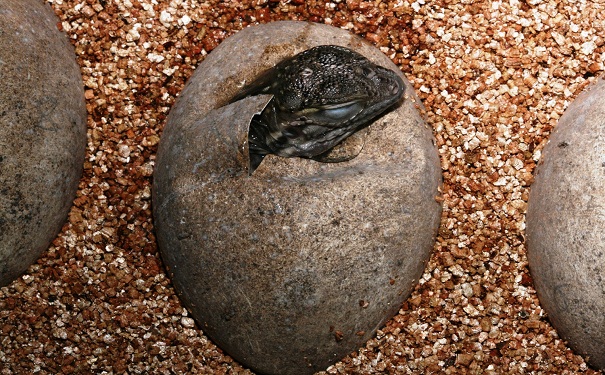1.Island Taipan (Fierce Snake)
This snake made number one on the list for its venom, Just 110 mg can kill 100 men and over 250,000 mice it's venom is 10 times stronger than the Mojave Rattle snake and 50 times stronger than the common cobra putting them to shame, Frontally they are not aggressive and no fatality's have been recorded how ever they have the potential to kill and full grown man in 45 minutes.
2.Black Mamba
The Black Mamba made the list because of its reputation in Africa just 100-120 mg of its venom can kill 25 grown men and depending on the bites nature and location the victim can die after 15 minutes or up to 3 hours, their venom is neurotoxin that is fast acting attacking the nerve system of they're victims and this causes extreme pain nausea and other symptoms to occur to the victim of the bite. This snake is very aggressive and is known to attack if people get to close they even chase people,Most of the attacks occur in the south region of Africa/ the growing region
Man Immune to Black Mamba Bite
3. Tiger Snake

This snake is snake is put on the list for its painful bite this snake delivers a bite that is from 60 to 70% complete pain the bite causes extreme pain to those who are unfortunate to be receive it. The bite causes pain in the neck and feet a tingling sensation,numbness,followed by sweating, difficulty breathing, and paralysis after the bite it can take 30 minutes to 6-24 hours before death.
4.Philippine Cobra

This cobra is put on the list because it is the most deadliest of all cobras, They can spite venom up to 3 meters and they're bite can kill in 30 minutes the venom they posses is a neurotoxin and targets the cardiac and respiratory systems and causes minimal tissue damage the toxin also blocks of nerve signals and prevents mussel movement. The symptoms of the bite are the following, headaches,nausea,vomiting,abdominal pain,diarrhea,dizziness,and finally collapse and convolutions.
5. Rattle snake

The Rattle snake is put on this list for it's common occurrence and its signature rattle witch is feared by everyone in america, This snake is apart of the pit viper family and this means they can see heat signatures they use this to hunt. Out of all of the rattle snakes the eastern diamond back is the most deadliest of them all, most rattle snakes carry a hemototoxin that targets tissue and blood cells however the juveniles are more dangerous than the adults due to the fact that they can not control they're venom and how much they inject. After being bitten by this snake most victims die after one hour and if treated with the right anti venom they have a 4% chance of death.






